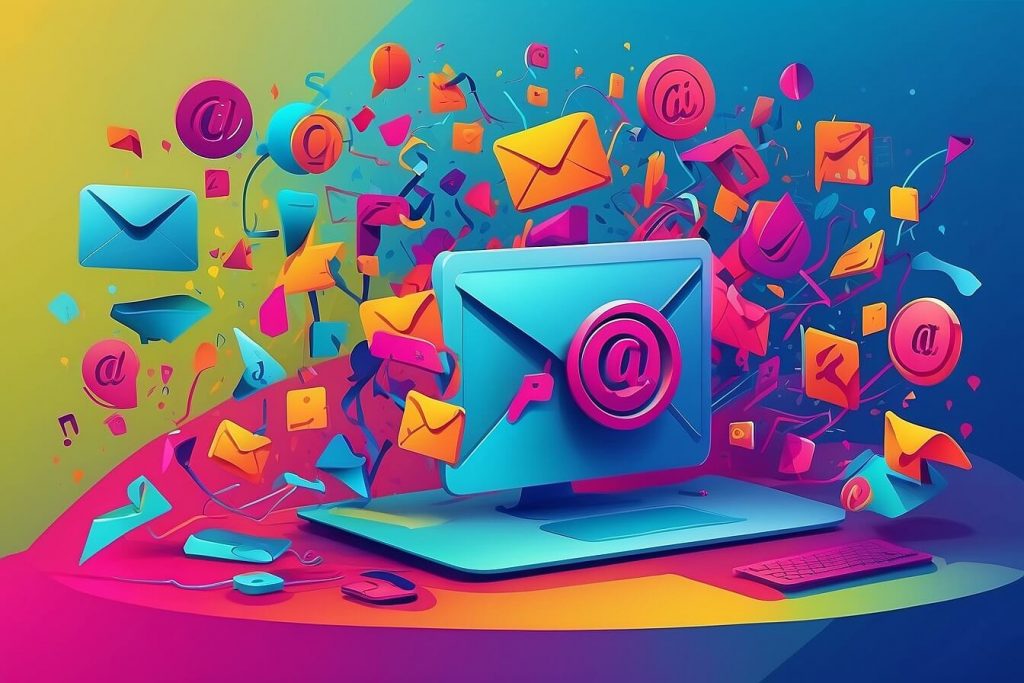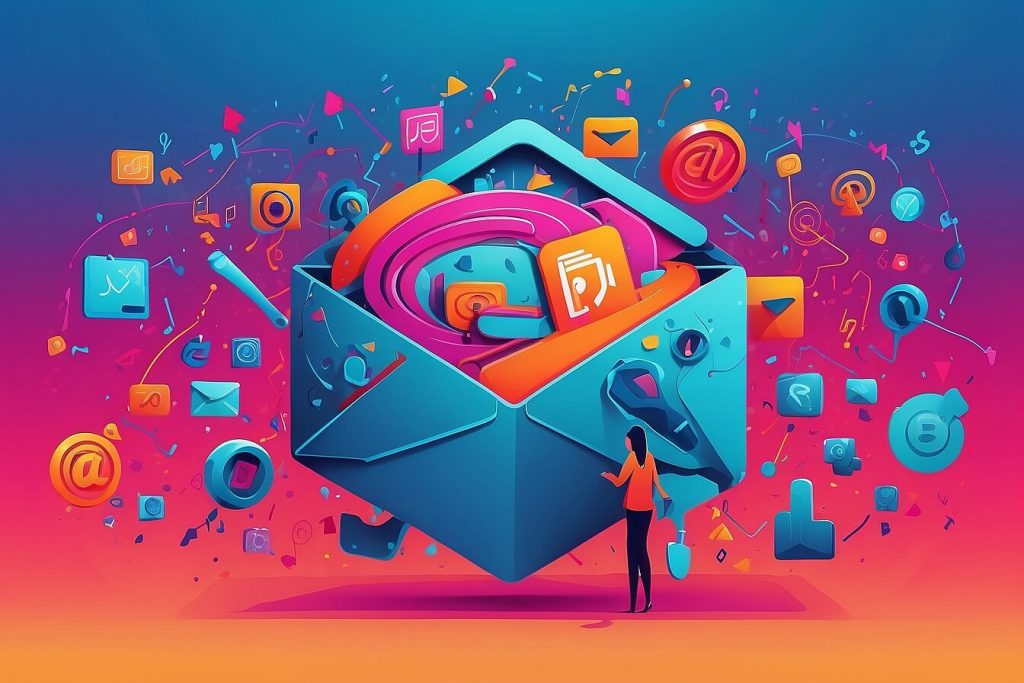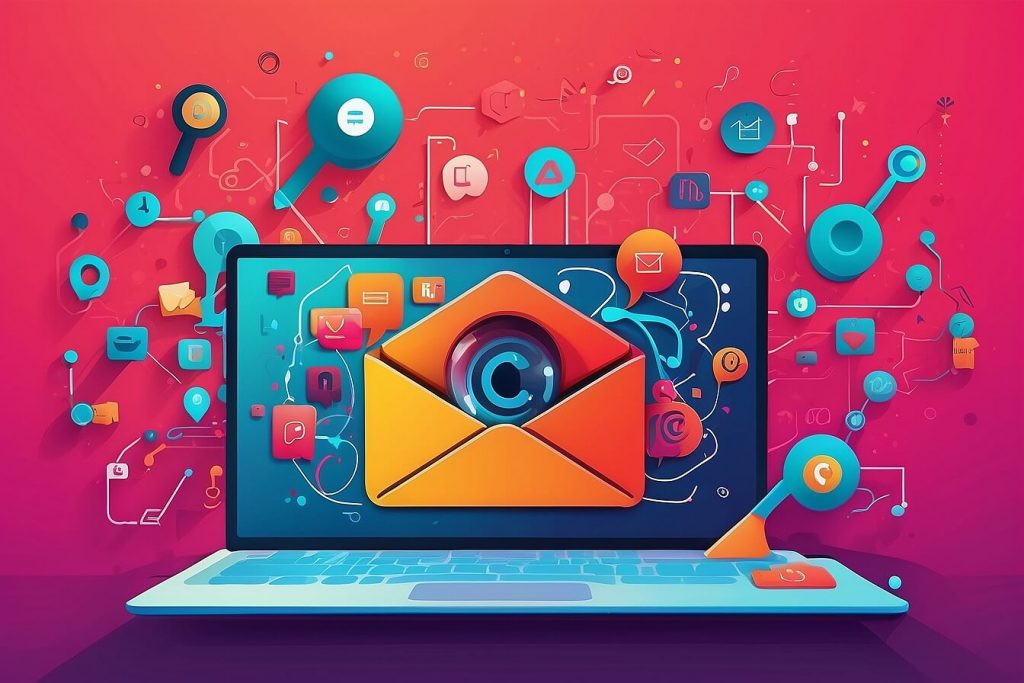Enhancing User Experience: The Power of Personalized Email Newsletters
Personalized email newsletters have revolutionized the way businesses engage with their audiences. By tailoring content to individual preferences, companies can create a more personalized and engaging experience for their subscribers. AI technology plays a crucial role in achieving this level of personalization. By analyzing user behavior and preferences, AI algorithms can gather insights that enable businesses to deliver relevant and timely content to each subscriber.
The power of personalized email newsletters lies in their ability to provide users with content that is meaningful to them. Gone are the days of generic mass emails that end up in recipients’ spam folders. With AI-driven personalization, businesses can create newsletters that resonate with their target audience, thereby increasing open rates and engagement. By leveraging AI techniques, companies can optimize email subject lines, ensuring they are crafted to capture the attention of individual subscribers and entice them to open the email. In this way, businesses can deliver tailored content that enhances the overall user experience and strengthens the relationship between the brand and its subscribers.
Tailoring Content to Individual Preferences: The Role of AI in Email Personalization
Tailoring content to individual preferences has become crucial in email marketing, and artificial intelligence (AI) plays a significant role in achieving this personalization. AI algorithms have the ability to analyze vast amounts of data, enabling marketers to gather insights into user behavior, interests, and preferences. By harnessing the power of AI, marketers can create highly targeted and customized email newsletters that cater to each recipient’s individual preferences.
One way AI enhances email personalization is through the analysis of user behavior. AI algorithms can track and analyze user interactions with previous email campaigns, such as open rates, click-through rates, and engagement metrics. This data provides valuable insights into recipients’ preferences and helps marketers understand what content resonates with their audience. By analyzing this data, AI can identify patterns and trends, allowing marketers to deliver relevant and personalized content that is more likely to engage and convert users. AI-driven email personalization ultimately leads to improved user experiences and better campaign performance.
Understanding User Behavior: How AI Analyzes Data for Personalized Newsletters
One of the key aspects of personalizing email newsletters is understanding user behavior. This is where artificial intelligence (AI) plays a crucial role in analyzing data to deliver tailored content. By analyzing user interactions, AI algorithms can identify patterns and preferences, allowing marketers to create more targeted and relevant newsletters.
AI utilizes various techniques to gain insights into user behavior. It examines factors such as email open rates, click-through rates, and engagement metrics to understand how recipients interact with the content. This analysis helps identify which articles, promotions, or offers resonate most with specific individuals. By leveraging AI-driven data analysis, marketers can segment their email lists and deliver personalized newsletters that are more likely to capture the attention of recipients.
Optimizing Email Open Rates: AI Techniques for Effective Personalization
AI techniques have revolutionized the way we approach email marketing, particularly in terms of optimizing email open rates. By harnessing the power of AI, marketers can now deliver personalized email experiences that capture the attention of recipients and increase the likelihood of them opening the email. One of the key techniques used in this regard is predictive analytics.
Predictive analytics utilizes AI algorithms to analyze data, such as past email interactions and user preferences, to predict which content is most likely to resonate with each individual recipient. By understanding what types of emails each user is most interested in, marketers can tailor the content accordingly, increasing the chances of the recipient opening the email and engaging with the message. This personalized approach not only enhances the overall user experience but also significantly improves email open rates, ultimately leading to higher conversion rates and better business outcomes.
Crafting Relevant Subject Lines: AI’s Contribution to Engaging Email Newsletters
Subject lines play a crucial role in determining the success of an email newsletter. They serve as the first impression and often determine whether recipients open the email or consign it to the depths of their spam folder. Crafting subject lines that engage and entice recipients requires a deep understanding of their preferences and interests. This is where artificial intelligence (AI) comes into play. AI algorithms can analyze vast amounts of data about a user’s behavior, demographics, and interests to help marketers create subject lines that resonate with individual recipients. By leveraging AI-powered tools, marketers can increase the likelihood of their emails being opened and read, ultimately enhancing user engagement and driving conversions.
One of the key advantages of using AI in crafting subject lines is the ability to personalize the content based on individual preferences. AI algorithms can analyze data such as past purchasing behavior, browsing history, and previous interactions with email campaigns to gain insights into what resonates with each recipient. By tailoring subject lines to specific interests and preferences, marketers can create a more personalized and relevant experience for their audience. This not only increases the chances of recipients opening the email but also improves overall engagement and conversion rates. AI empowers marketers to deliver targeted messages that resonate with recipients on an individual level, ultimately driving the success of email newsletters and enhancing the overall user experience.
Dynamic Content Generation: Leveraging AI to Deliver Personalized Email Experiences
With the rapid advancements in artificial intelligence (AI), marketers are now able to leverage this technology to deliver highly personalized email experiences through dynamic content generation. By harnessing AI algorithms, businesses can create tailored content that resonates with each individual recipient, increasing engagement and driving conversions.
Dynamic content generation involves using data-driven insights to dynamically populate different elements of an email, such as product recommendations, relevant images, personalized offers, and more. AI algorithms analyze user behavior, purchase history, demographics, and preferences to determine the most appropriate content for each recipient. This level of personalization not only improves the user experience but also enhances the overall effectiveness of email marketing campaigns. By delivering content that is highly relevant and valuable to each individual subscriber, businesses can build stronger customer relationships and drive better results.
Overcoming Challenges: Implementing AI-Driven Personalization in Email Newsletters
Implementing AI-driven personalization in email newsletters presents several challenges that organizations need to overcome for maximum effectiveness. One of the key obstacles is the availability and quality of data. AI algorithms rely heavily on accurate and comprehensive data to understand user preferences and deliver personalized content. However, collecting and organizing such data can be a complex and time-consuming process. Additionally, ensuring the data is up-to-date and relevant poses another challenge, as user preferences and behaviors can change rapidly.
Another challenge organizations face is integrating AI technology seamlessly into their existing email marketing infrastructure. This requires a deep understanding of AI algorithms, as well as the technical expertise to implement them effectively. Organizations may need to invest in AI tools and platforms, recruit AI specialists, or collaborate with AI solution providers to leverage the full potential of AI-driven personalization. Furthermore, integrating AI with existing systems and processes may require significant changes and adjustments, which can be disruptive and require careful planning and coordination.
Measuring Success: Key Metrics for Evaluating AI-Driven Personalization in Emails
Email newsletters have become an essential tool for businesses to connect with their audience and drive engagement. With the advent of AI-driven personalization, measuring the success of these personalized emails has become crucial. To determine the effectiveness of AI-driven personalization in emails, several key metrics can be considered.
One important metric is the open rate, which measures the percentage of recipients who open the email. A higher open rate indicates that the personalized content and subject lines are compelling enough to capture the attention of the audience. Additionally, click-through rate (CTR) is another valuable metric that measures the percentage of recipients who click on the links within the email. A higher CTR demonstrates that the personalized recommendations or offers are resonating with the recipients and motivating them to take action. By analyzing these metrics, businesses can evaluate the impact of AI-driven personalization on email engagement and make informed decisions to optimize their strategies.
Privacy and Security Considerations: Safeguarding User Data in Personalized Email Campaigns
Email newsletters have become an essential marketing tool for businesses looking to engage with their audience on a more personal level. With the rise of personalized email campaigns, however, comes the need to address privacy and security considerations. Safeguarding user data is of utmost importance to ensure the trust and confidence of subscribers.
One crucial aspect of safeguarding user data is ensuring the use of secure transmission protocols. Encrypting user data during transmission can help prevent unauthorized access and protect sensitive information. Additionally, implementing strong authentication measures, such as two-factor authentication, can add an extra layer of security to safeguard user data from potential threats. However, it’s important to strike a balance between security measures and the user experience. The implementation of robust security measures should not impede user accessibility and convenience when interacting with personalized email newsletters.
Future of AI-Driven Personalization: Emerging Trends and Opportunities in Email Newsletters
Artificial Intelligence (AI) has revolutionized the way we personalize email newsletters, and the future holds even more promising trends and opportunities. One emerging trend is the use of Natural Language Processing (NLP) to create dynamic and engaging content. By analyzing user data and preferences, AI algorithms can generate personalized messages that resonate with each recipient. This personalized approach not only increases open rates but also fosters a stronger connection between the brand and the subscriber.
Another exciting opportunity lies in the integration of AI with other technologies, such as machine learning and predictive analytics. By harnessing the power of these combined technologies, email newsletters can be further optimized to deliver hyper-personalized recommendations. For instance, AI algorithms can analyze customer buying behavior, browsing history, and interactions with previous emails to make accurate predictions about the type of content a subscriber would find most valuable. This level of personalization creates a seamless user experience, where subscribers receive tailored recommendations that cater to their unique interests and needs.




